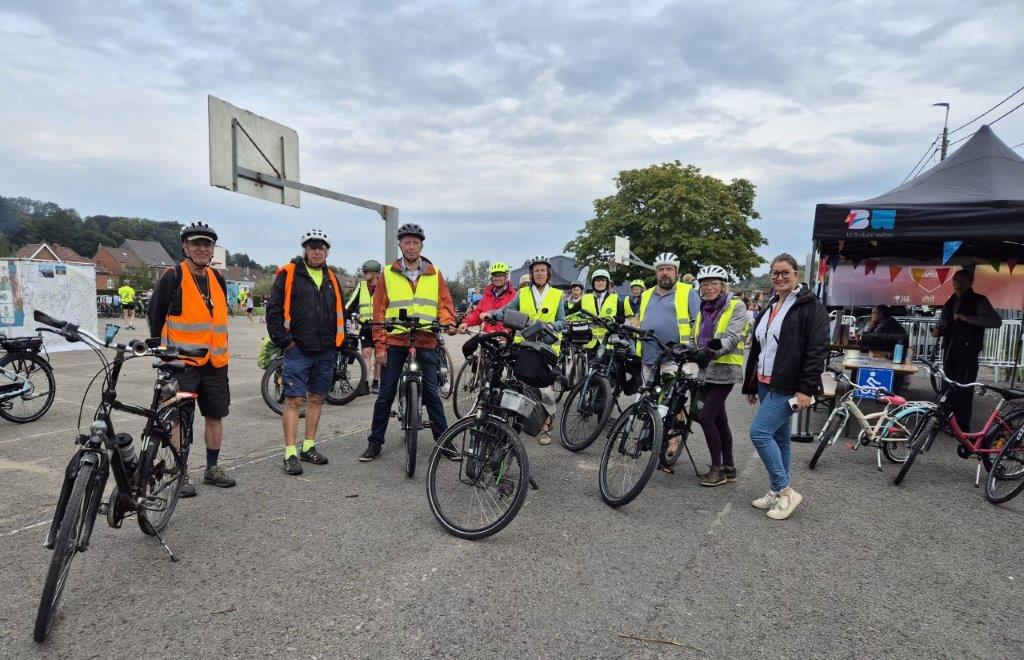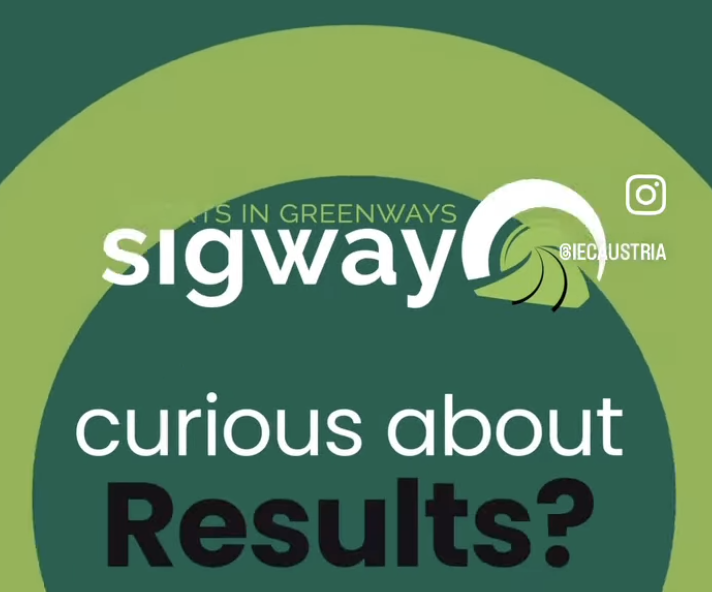Exploring the Sport activities in Greenways: SIGWAY Project Multiplier Event at the ÖBB Open Innovation Factory On October 17th, 2024, SIGWAY Project multiplier event was held the ÖBB Open Innovation Factory in collaboration with Bahn zum Berg. The event brought together participants from ÖBB, NGOs, educators, and coaches to explore the transformative potential of Greenways across Europe and Austria. The event was a resounding success, kicking off with a compelling presentation by the Managing Director of the Innovative Education Center. The presentation highlighted the Greenway concept and its alignment with the Sustainable Development Goals (SDGs) of the United Nations and European Union policies. This set the stage for a lively discussion about participants’ familiarity with Greenways—a revelation for many who were unaware of their existence despite frequenting these trails for activities such as cycling and hiking. The introduction of the SIGWAY project was a key highlight, detailing its overarching goals and the strides made within Austria. An in-depth analysis of the existing network of green sports routes was showcased, uncovering their current state and potential for enhancement. Attendees were introduced to the “Handbook: Good Practice Sport Activities” and the pilot programs for sports activities on potential Greenways. Participants were particularly intrigued to see the comprehensive analysis of Greenways within Austria, with many expressing surprise at their visibility and accessibility. A detailed map was presented, illustrating both existing and potential Greenways, with information about location, ownership status, route details, integrated village connections, activities, tourist attractions, potential users, website access, and GPX files. A notable addition to the event was Martin Heppner from Bahn zum Berg, who shared insights from his two bicycle excursions to the identified potential greenways. He presented captivating pictures and findings, showcasing the lines and connections within these regions. His photographs highlighted the cultural heritage of old railway trains along these trails, underscoring the rich history embedded in these pathways. Martin’s observations on what needs to be done to convert these trails into official greenways were enlightening, and his visual documentation provided attendees with a vivid understanding of the opportunities and challenges involved. The event culminated in an interactive Q&A session, where participants eagerly shared ideas for enhancing recreational sport activities on Greenways. Insights were exchanged on strategies to increase their appeal and accessibility. A notable contribution came from an ÖBB participant who shared a map of unused railway lines, sparking innovative ideas for identifying additional potential Greenways—three of which were already included in the project. The enthusiasm didn’t end there; participants expressed a strong desire to engage in follow-up activities, with proposed cycling events in collaboration with an NGO from Graz. This event not only fostered a deeper understanding of Greenways but also laid the groundwork for future initiatives to enhance sustainable mobility and sport across the region. The SIGWAY Project multiplier event was more than just a meeting; it was a pivotal opportunity to enhance the visibility of existing greenways and available sports activities, while also raising awareness about the potential for converting unused railways into vibrant greenways.










